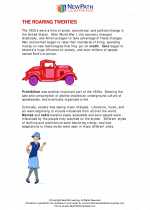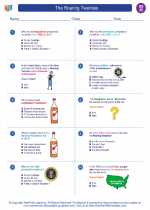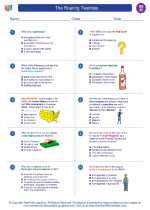Republic
A republic is a form of government where the country is considered a "public matter" and is not the private concern or property of the rulers. In a republic, the head of state is usually an elected or appointed president, rather than a hereditary monarch. The power of the government is derived from the citizens, either directly or through elected representatives. The concept of a republic has been a key feature of many historical and modern political systems, including ancient Rome, the United States, and many other countries around the world.
Key Characteristics of a Republic
- Representation: In a republic, citizens often have the ability to elect representatives who make decisions on their behalf.
- Rule of Law: A republic typically operates under a framework of laws that apply to all citizens, including those in government.
- Separation of Powers: Many republics have a system of government with separate branches, such as the executive, legislative, and judicial branches, to ensure a system of checks and balances.
- Civic Participation: Citizens are often encouraged to participate in the political process through voting, activism, and engagement with their representatives.
Historical Examples of Republics
Throughout history, several notable republics have played significant roles in shaping political systems and governance. Some of these include:
- Ancient Rome: The Roman Republic, established in 509 BCE, was a formative example of a republic with elected officials and a system of checks and balances.
- United States: The U.S. operates as a federal republic, with a president and a system of government outlined in the Constitution.
- France: The French Fifth Republic, established in 1958, is a modern example of a semi-presidential republic with a president and a prime minister.
Study Guide
To better understand the concept of a republic, consider exploring the following questions and topics:
- What are the key principles of a republic and how do they differ from other forms of government?
- How does the concept of representation function within a republic, and what role do elected officials play?
- What historical events and thinkers have influenced the development of republics as a political system?
- Compare and contrast the structure and function of republics in different countries, such as the United States, France, and ancient Rome.
- Discuss the advantages and challenges of a republic as a form of government, including issues of governance, accountability, and civic engagement.
By exploring these questions and topics, you can gain a deeper understanding of the concept of a republic and its significance in shaping political systems and societies.
[Republic] Related Worksheets and Study Guides:
.◂Social Studies Worksheets and Study Guides Eighth Grade. The Roaring Twenties

 Worksheet/Answer key
Worksheet/Answer key
 Worksheet/Answer key
Worksheet/Answer key
 Worksheet/Answer key
Worksheet/Answer key
